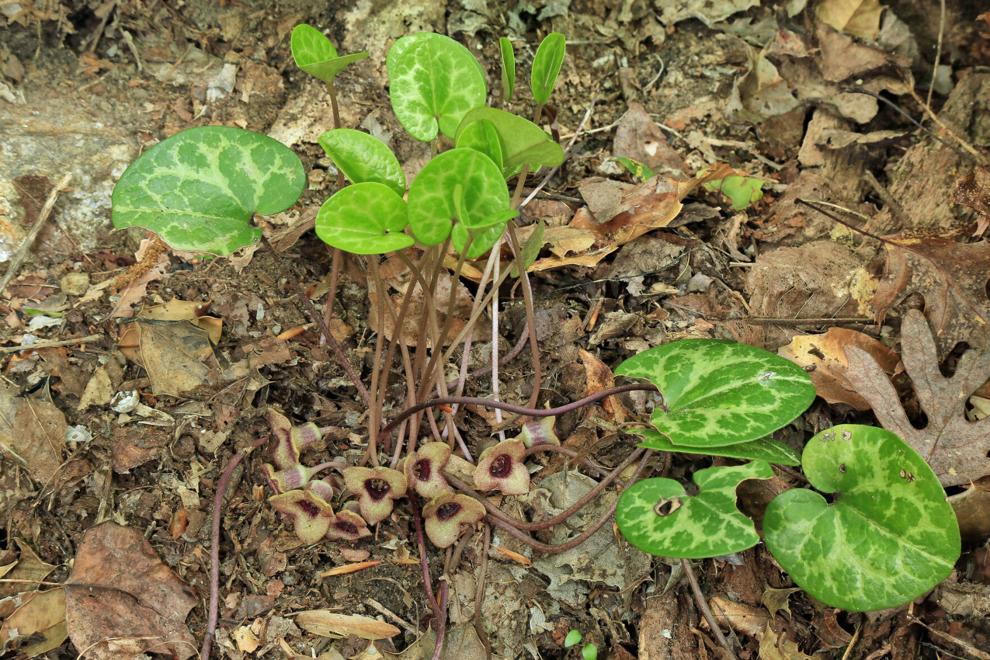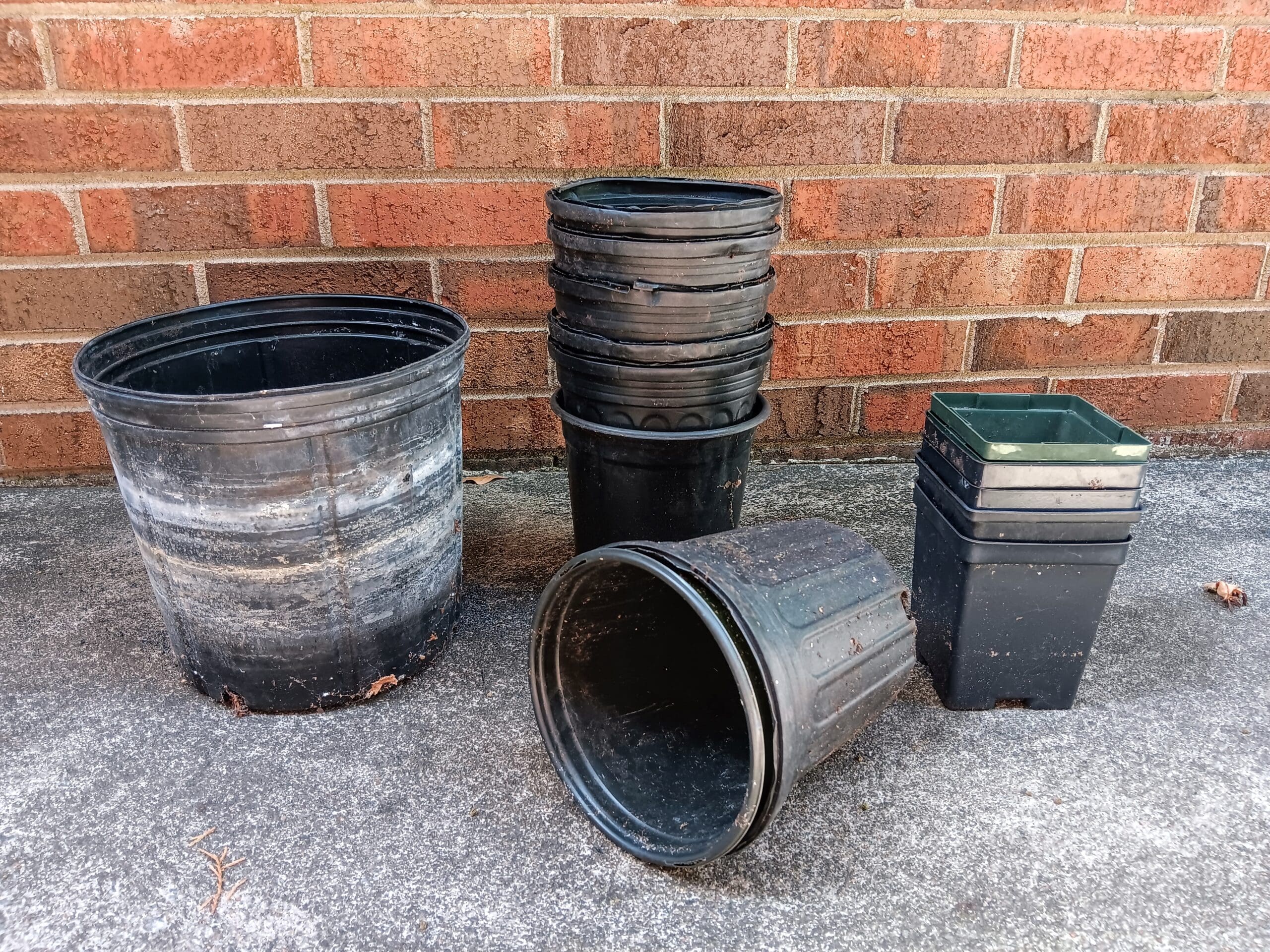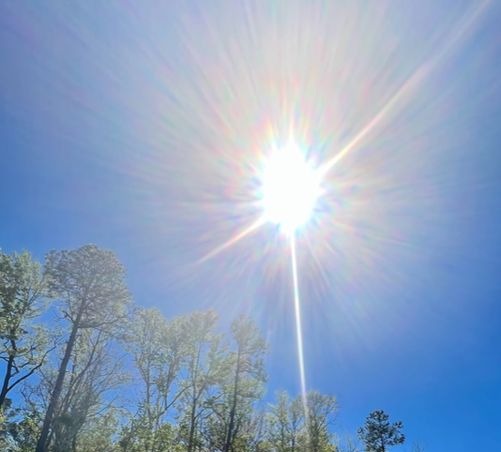ACTION NEEDED!
Dwarf-flowered heartleafs like to hide near creeks; their velveteen flowers lie low, practically kissing the moist forest floor of the Carolina foothills. Now, as spring begins, they begin to grow, but slower than a human-centric time-scale might recognize: Sometimes one or two new leaves grow each year. Sometimes it takes decades for just one new leaf to form.
Tiny ants visit the plants. Unlikely but industrious pollinators, these ants spread seeds, not far and wide, but close to the source, keeping the heartleaf kin tightly bunched.
Peer inside a flower’s ridges and little larvae are sometimes snuggled. One insect has evolved to make the plant its nursery. Which insect? That is still one of nature’s secrets — in this case, the good kind of secret.
Few people have ever seen a heartleaf. It was given officially given “threatened” status 30 years ago, and in the interim, things have only grown more dire. By law, being listed as an official “threatened” species should have triggered a formal recovery plan, but no such plan has ever been put into place.
The most recent U.S government figures, from 2009, say that only 119 patches of forest, most “no larger than a soccer field,” provide refuge for these tiny plants. But even that estimate, besides being woefully out of date, is overly optimistic. According to the actual, on-the-ground experts here in the Carolinas, there are likely only a handful of sites where the plant can still be found — every single one of them in the South Carolina Upstate and in Western NC.
Yet, over the last several years, using their own internal quota system, the agencies entrusted with the preservation of our ecosystems and wildlife have been moving toward taking the dwarf-flowered heartleaf off of the Threatened and Endangered Species list.
State scientists are dumbfounded. Professors from biology departments from across the Carolinas are pleading with State and Federal agencies. The SELC has filed a lawsuit, and the SCNPS has signed on.
The way we got here is complicated, and worthy of your full attention. Read the complete Post & Courier article by clicking the link below, and, when you’re done, please contact your elected officials.
As Post & Courier reporter Clare Fieseler (on Twitter @clarefieseler, or via email at cfieseler@postandcourier.com) puts it: and,
The issue here is bigger than any one species. The case of the dwarf-flowered heartleaf sheds light on the way powerful people wield science for nature’s benefit, or twist it for their own, and then use secrecy as a tool so that we, the public, never know the difference.
CLICK HERE TO READ THE FULL ARTICLE
And, for further P&C Editorial Board commentary, CLICK HERE.




